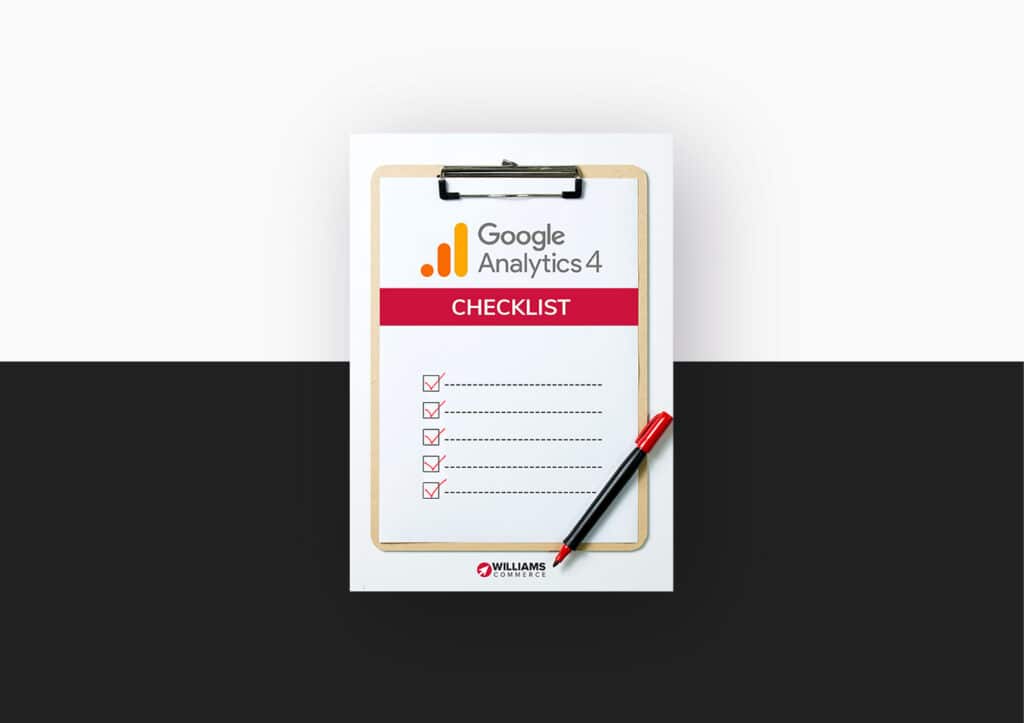In 2020 we saw online marketplaces play a key role in the acceleration of ecommerce around the world. More product searches now start on Amazon than on Google.
Many businesses turned to ecommerce for the first time in 2020 and customer behavior has now shifted firmly towards the convenience of online buying.
Many new ecommerce businesses didn’t have the infrastructure to manage online traffic and fulfilment, so they chose mass marketplaces like Amazon and Alibaba to meet demand. Niche marketplaces such as Etsy for craft products and industry-specific marketplaces like LabNetwork for the chemical sector are all expanding.
With the ease and convenience of selling through an online marketplace here are some of the pros and cons you might want to consider when you’re planning the digital future for your business.
Convenience
Pros – Many customers might find buying from a marketplace an easier and more convenient experience compared to searching multiple ecommerce sites. Standard same day, two- or three-day shipping options and free returns set the standards for other ecommerce sites.
For businesses adopting ecommerce for the first time, marketplaces offer access to a wide audience, a lower-cost option for online selling, and user-generated content that contributes to the relevance of products.
Cons – While marketplaces provide opportunities for sales, most will control the customer data, preventing your business from building a direct relationship with your buyers. This can limit the scope for the longer-term development of your brand and deprive you of valuable information about buyer behavior and preferences. One option is to attract visitors to your own ecommerce site with time-limited offers and special-edition products.
Branding
Where customers are searching for a solution rather than a specific brand many businesses will feel that marketplaces represent an opportunity they can’t afford to miss. Analysis shows that more than 70% of Amazon searches aren’t branded, so competition is tough, and your strategy will need to be carefully planned.
Pros – in 2019 spending in the top 100 marketplaces amounted to $2trillion, and some of the largest retailers, like Target Group, have launched their own marketplaces in a bid for a share of the spending. The Target offer features curated products fulfilled by the stores themselves and this approach has already taken it to eighth in the list of top-selling US retail sites.
Cons – your brand value is something you will want to protect. You will have little control of your customer’s journey through a third-party marketplace. The distinction between your own brand and the marketplace can become blurred, so making the right choice is an important decision for your business.
Values
If you are considering selling via a marketplace then it will be important to compare its values with your own and to have confidence in how your content will be displayed and accessed.
Pros – around the world customers are choosing to buy from brands that match their own beliefs. Six out of 10 consumers in one survey said that they would be willing to change their shopping habits to reduce environmental impact. For those who prioritise the environment, the majority would be willing to pay up to a third more for products from brands that are sustainable and environmentally responsible.
Cons – customers who want to buy from purpose-driven brands prefer independent businesses. They are interested in supporting entrepreneurs, unique products, and good customer service. When you are selling on a marketplace rather than your own site you are effectively adding a barrier to your relationship with customers who have a commitment to what you stand for as well as what you sell.
Growth
Pros – online marketplaces offer one of the fastest ways to grow your business globally. For smaller businesses they provide access to a wide market and fulfilment services for a relatively low cost.
Cons – while marketplaces can drive sales they will also impact margins. For example, Amazon fees can range from 10% to 25% of your sales. While the Chinese business to business (B2B) giant Alibaba doesn’t charge commission it does benefit from commission on other marketplaces in the group, marketing fees, for its Alipay payment system, and for membership. Other marketplace charges are based on sales, volumes, or payments, so it’s important to check the details.
Data
Pros – many marketplaces provide tools to help you understand your market and to optimize keywords.
Cons – in 2020 Amazon’s own employees accused the company of using sellers’ data to launch competing products. More importantly, marketplaces don’t share a lot of valuable information with their sellers, limiting the ongoing opportunities for reordering and upselling.
Niche Market Places
Niche marketplaces range from high-end, luxury fashion sites like the Vestiaire Collective or bespoke jewelry such as Custommade to financial services specialists, Fidor, or shipping fuel via BunkerEx.
Pros – niche marketplaces attract smaller sellers whose customers are looking for specific products. They can offer more specialized products and hard-to-find items that are in less demand.
Their approach is customer-centric, and they offer an improved customer experience similar to boutiques or consultancies. They are popular where sellers can position themselves as an authority with in-depth knowledge and specialized products.
Cons – selling via a niche marketplace won’t provide access to the wider mass markets or the economies of scale you could see when selling at higher volumes. If you focus too heavily on a single market sector you could also be vulnerable if customer preferences change.
Experiences
Depending on the sector, your customers might be looking for experiences and ideas as much as products, providing opportunities to build connections with your customers and to increase brand loyalty.
For example, Fartech’s Store of the Future is an augmented luxury fashion online store that uses data to enhance the retail experience. It provides an online platform for direct to consumer (D2C) ecommerce for 3,500 brands and boutiques without holding any inventory.
Pros – you can take advantage of expertise and investment in a marketplace to deliver exceptional online experiences for your customers.
Cons – by leaving the experience in the hands of someone else you are losing the opportunity to create and develop a unique position for your brand and your products based on the complete user experience.



